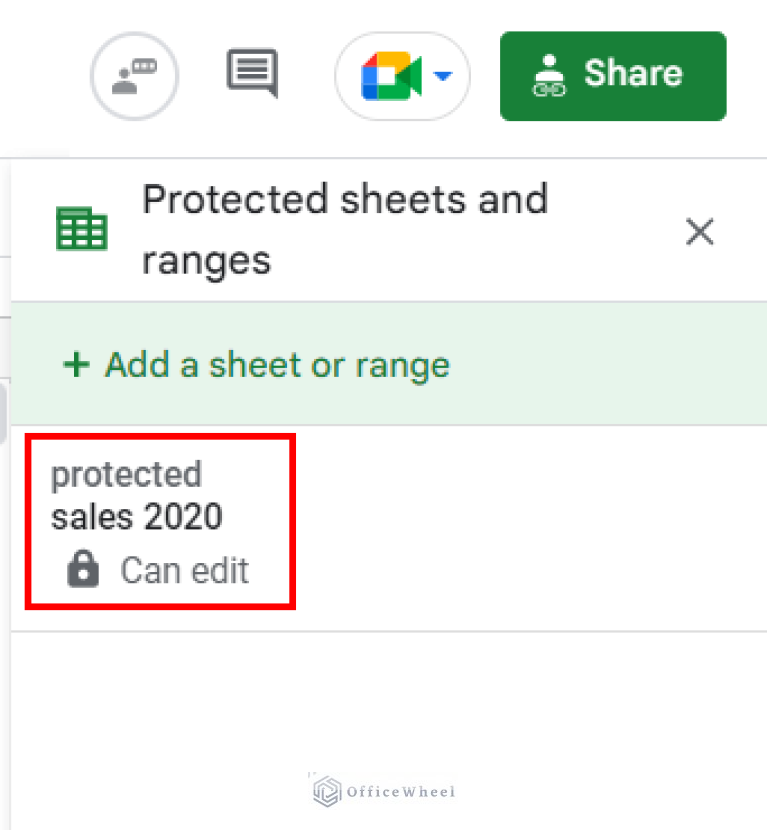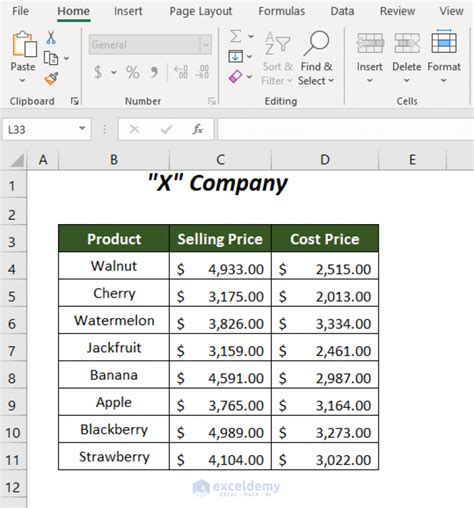5 Simple Ways to Unprotect Excel Sheets Quickly

Locked Excel sheets are a common safeguard for protecting sensitive or critical data from unauthorized changes. But there are legitimate reasons why you might need to unlock these sheets—perhaps you've lost the password, need to make changes for updated data, or just inherited a spreadsheet with access restrictions you need to bypass. Here, we'll explore five simple methods to unprotect your Excel sheets swiftly, ensuring you regain control over your data without unnecessary hassle.
Method 1: Using Excel’s In-built Tools

Before seeking external tools or scripts, consider if Microsoft Excel itself can help you out. Here’s how:
- Default Passwords: Sometimes, the creator might have used default passwords like “password” or “excel” to lock the sheet. Try these before moving on.
- Macro Recording:
- Start the Excel Macro recorder from the “Developer” tab or by pressing Alt + F11 then Alt + T and R.
- Manually unlock the sheet using your password.
- Stop the recorder. Now, you can edit the macro code to reveal the password in plain text or delete the password requirement.
Method 2: Leverage VBA Code

Visual Basic for Applications (VBA) can unlock a password-protected sheet with ease:
- Access VBA Editor by pressing Alt + F11
- In the VBA window, insert a new module by right-clicking on “VBAProject(Workbook_name)” then selecting Insert > Module.
- Paste this VBA code:
Sub UnprotectSheet() Dim i As Integer, j As Integer, k As Integer Dim l As Integer, m As Integer, n As Integer Dim sheet As WorksheetFor Each sheet In Worksheets sheet.Unprotect Next sheetEnd Sub - Run the macro by pressing F5. Your sheets will now be unprotected.
🔐 Note: Running a macro or inserting code carries potential risks if the macro contains malicious code. Always ensure you're working with trusted sources.
Method 3: Software Tools

When built-in methods fail, third-party tools can be a lifesaver:
- Excel Password Recovery: Tools like Passware Kit Basic or iSumsoft Excel Password Refixer can unlock sheets instantly, using advanced algorithms.
- These tools are simple to use:
- Download and install the software.
- Open the software and load your Excel file.
- Select the sheet to unlock and hit the recover button.
Method 4: Hex Editor

Hex editors can be a bit complex, but they’re powerful for Excel sheet manipulation:
- Make a backup of your Excel file to avoid data loss.
- Open the file in a hex editor like HxD or HexEdit.
- Search for “DPB\00” or “DPW\00”, which are usually signs of protection.
- Replace the hex value with “DPx\00”.
- Save the file and open it in Excel, and the sheet should be unprotected.
| Character in File | Hex Value | New Hex Value |
|---|---|---|
| DPB | 44 50 42 | 44 50 78 |
| DPW | 44 50 57 | 44 50 78 |

Method 5: Importing into Google Sheets

Google Sheets can also bypass Excel’s sheet protection:
- Upload your Excel file to Google Drive.
- Open it with Google Sheets.
- Create a new file or convert the existing one to Google Sheets format.
- From here, you can copy unprotected data back to Excel or work directly in Google Sheets.
By now, you should have a good understanding of the various approaches to unprotect Excel sheets. Whether you're using Excel's own tools, VBA code, specialized software, a hex editor, or Google Sheets, these methods offer flexibility and cater to different levels of expertise.
The key here is to ensure that these techniques are used ethically and responsibly, respecting data security and privacy laws where applicable. If you're working on a professional document, always verify the permissions or contact the owner before making changes to locked data.
Is it legal to unlock an Excel sheet that isn’t mine?

+
Unlocking an Excel sheet without the owner’s permission could breach legal or ethical guidelines. Always consider privacy and data protection laws before accessing or modifying protected documents.
Will unprotecting an Excel sheet cause data loss?

+
Unlocking sheets should not lead to data loss if done correctly. Always backup the file before attempting any unlocking method, particularly when using hex editors.
Can these methods unlock workbook protection as well?

+
Some methods like VBA code and third-party tools can unlock both sheet and workbook protection. Google Sheets import method can bypass both types of protection, but it’s less effective for extremely large workbooks.
What should I do if none of these methods work?

+
Consider contacting Microsoft Support for professional assistance or discussing with the original creator of the spreadsheet, particularly if it’s a work-related document.



